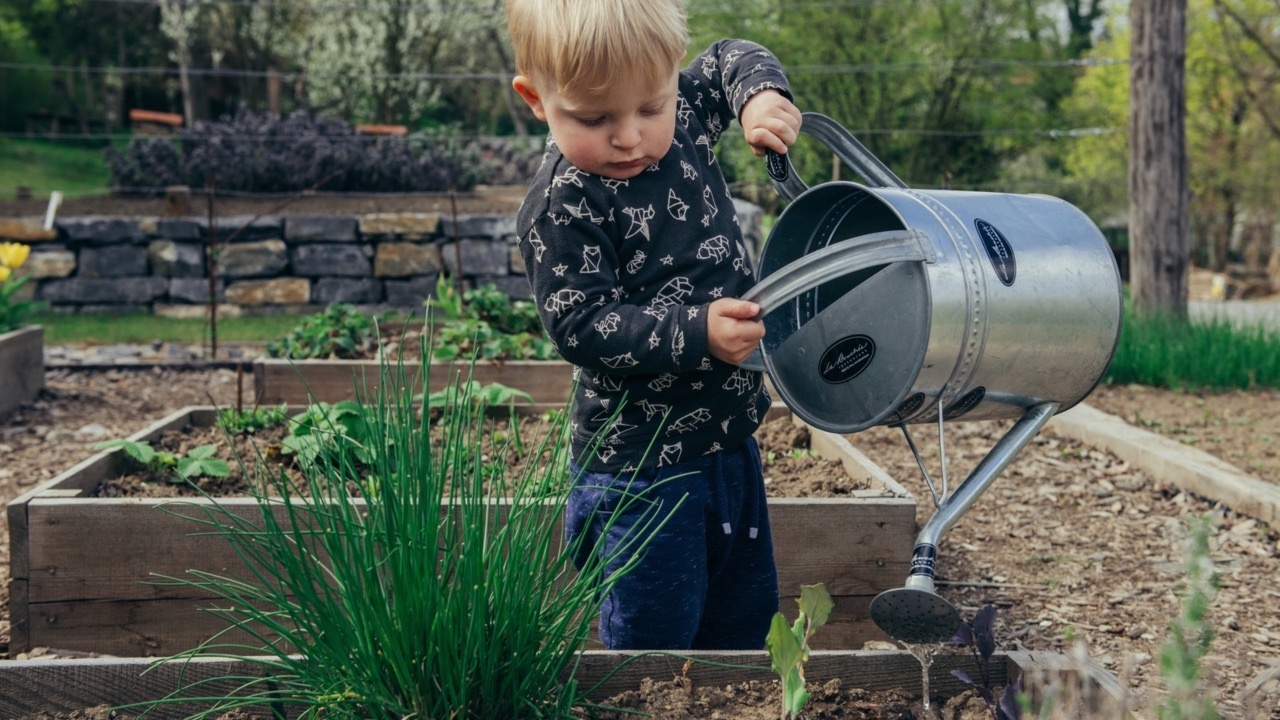4 Tips for Container Gardening with Children
Jul 12, 2021
This summer, enjoy building a container garden with your students! It’s the perfect activity for any age or curriculum, both homeschool and preschool.
In the early stages of creating your vegetable garden, preschoolers can enjoy packing the potting soil and placing vegetable plants in whatever containers you choose. Older students can participate in selecting plants, decorating plant containers, and contributing to a compost fertilizer. That’s not to even mention all the fun tasks and lessons that come along with maintaining the container garden.
Here are a few tips to set your classroom container garden up for success:
1. Start with healthy plants.
If you choose to start with plants rather than seeds, take care to thoroughly look over the plant. Is there mildew, or fungus? Are pests living inside it? Does the plant look healthy overall or as if it’s withering? A simple check like this will keep your kiddos smiling as they tend healthy, fruitful plants throughout the seasons.
2. Select plants that require similar amounts of light and group them together.
The wonderful thing about container gardening is that you can have your garden in many different places. Simply place the plant containers where the vegetables will thrive the best. By having plant pots in many spots, taking care of the garden with your students suddenly becomes an adventure as you traverse the school grounds or backyard.
3. Regularly prune, water, and fertilize your garden either with compost or a fertilizer of your choice.
As with many things, consistency is key. Container gardening is no exception. Plants need to eat, drink, and be tended to just like any other living thing. Vegetables, especially, need lots of nutrients and benefit from regular fertilization or extra helpings of plant food. Teaching a skill like long-term maintenance, or guiding students to develop hand-eye coordination as they water the plants teaches students valuable life skills they can apply to other areas of their lives as they grow older.
4. Don’t forget drainage.
As much as vegetables love being watered, there is such a thing as too much. Keep your students' plants and veggies well hydrated by ensuring your plant containers have drainage. Pro tip: self-watering containers are fantastic options for collecting and using rainwater to keep your garden healthy. Make the drainage system fun for students by including mill wheels or allowing it to drip onto plates with food dye on them and see all the patterns the colors make.
Container gardening dates back over 2500 years, and is a simple and effective way to engage students in learning about life cycles, natural cycles, and responsibility.

